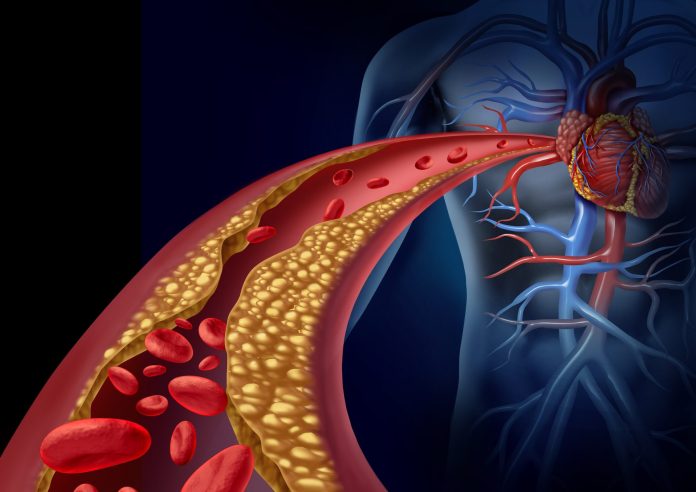
Two drugs developed by Eli Lilly and Silence Therapeutics to lower lipoprotein(a) have both achieved good results in Phase II trials, according to results published this week.
Lilly’s candidate, muvalaplin, is an orally administered small molecule that lowers lipoprotein(a) by blocking cellular interactions between apolipoprotein(a) and apolipoprotein B100.
“High levels of lipoprotein(a) have been shown to be a significant risk factor for atherosclerotic cardiovascular disease, affecting over one billion adults globally,” said Stephen Nicholls, a professor of cardiology at Monash University who led the Lilly trial, in a press statement.
“Current cholesterol-lowering therapies are not approved to lower lipoprotein(a) levels, highlighting an unmet need for people living with cardiovascular disease. These data represent a needed scientific advancement with the potential to reduce the risk of cardiovascular events such as heart attacks or strokes with a once-daily pill.”
In contrast, Silence specializes in RNA-based treatments and has developed an injectable small interfering RNA therapy, zerlasiran, that targets lipoprotein(a) [Lp(a)].
“These data provide additional information to select the best dose and dosing interval for future zerlasiran Phase III trials,” said Steven Nissen, chief academic officer of the Heart, Vascular and Thoracic Institute at Cleveland Clinic and the Silence study’s lead author, in a second press statement.
“Elevated Lp(a) impacts at least 20% of the global population and is a major cause for morbidity and mortality globally. This is a genetic risk factor that we’ve been unable to treat and I’m excited about the potential for gene-silencing approaches to help these patients.”
Both trials met their primary endpoints and the two sets of Phase II results were presented at the American Heart Association conference in Chicago and simultaneously published in JAMA.
Muvalaplin was well tolerated and was able to induce reductions of up to 86% in people with Lp(a) levels of 175 nmol/L or higher who had known cardiovascular disease, diabetes or familial hypercholesterolemia. The trial results were measured at 12 weeks.
The trial included 233 people and tested three doses of 10 mg/day, 60 mg/day and 240 mg/day, as well as placebo. Reductions in Lp (a) ranged from 40–86% compared with placebo depending on the dose given and assay used to measure the results.
Zerlasiran also achieved reductions of up to 86% and was tested in 178 people with stable atherosclerotic cardiovascular disease and levels of Lp(a) above 125 nmol/L. Participants had three doses injected at 16-week or 24-week intervals and were followed up at 36 and 60 weeks.
The three doses tested were 450 mg every 24 weeks, 300 mg every 16 weeks and 300 mg every 24 weeks versus placebo. Reductions in Lp(a) at 36 weeks were 86%, 83% and 81%, respectively. The most common adverse event was an injection site reaction, which occurred in around 7% of participants.
Other more advanced therapies are in development to treat high levels of Lp(a), for which there is not currently an approved treatment. But these are all injectable to date, which may give Lilly’s therapy an edge in terms of ease of treatment and cost.
With any cardiovascular treatment it is important to establish if the therapy actually reduces cardiovascular events, which is not yet clear for either muvalaplin or zerlasiran. Time will tell whether the large reductions in Lp(a) seen for both these drug candidates will translate to improved cardiovascular outcomes in the long term.









